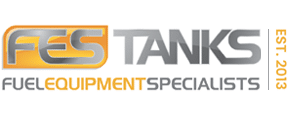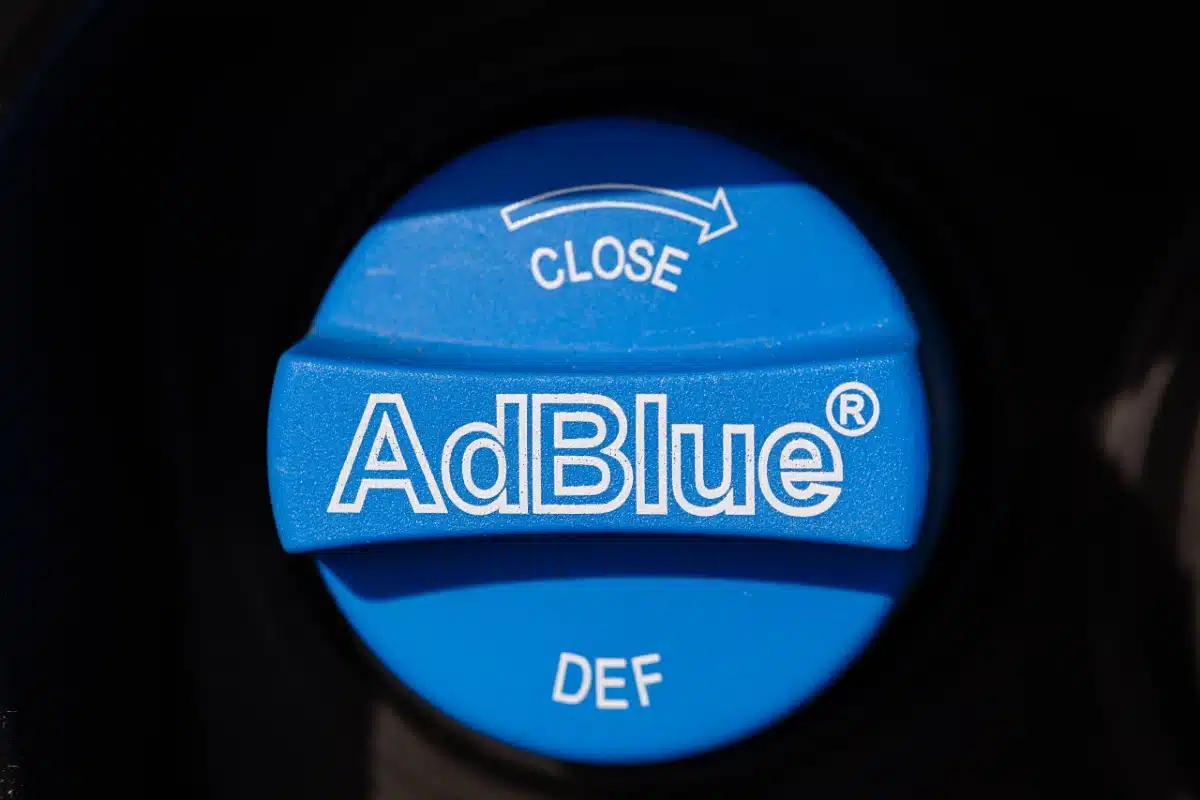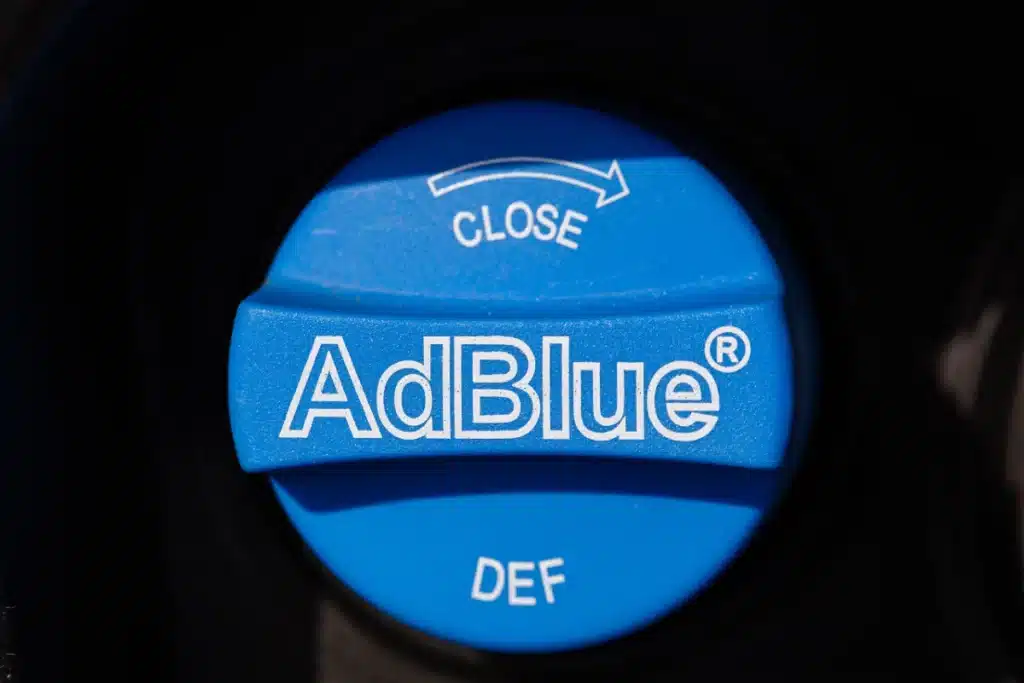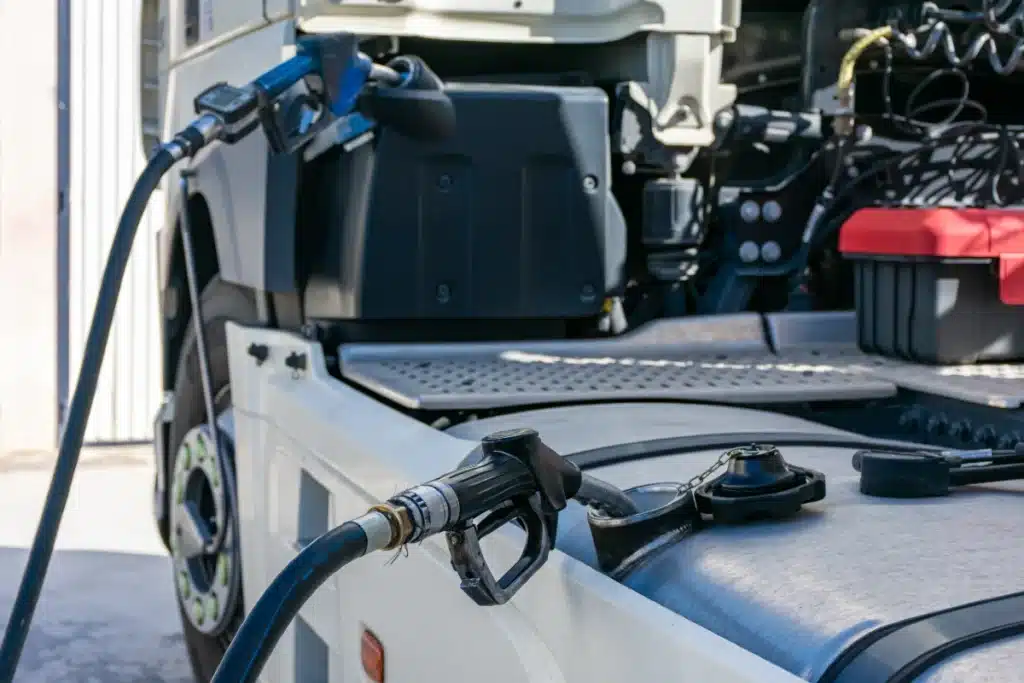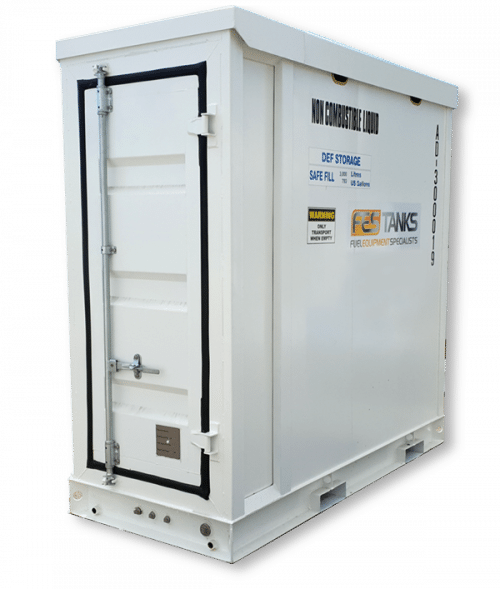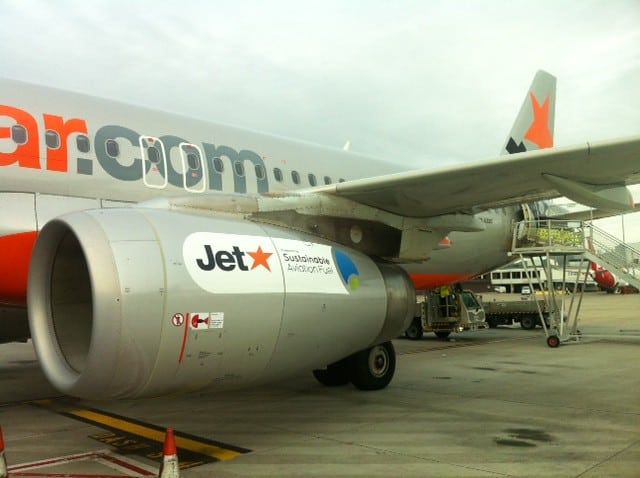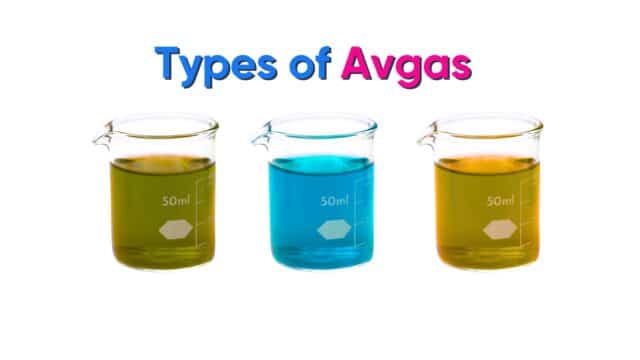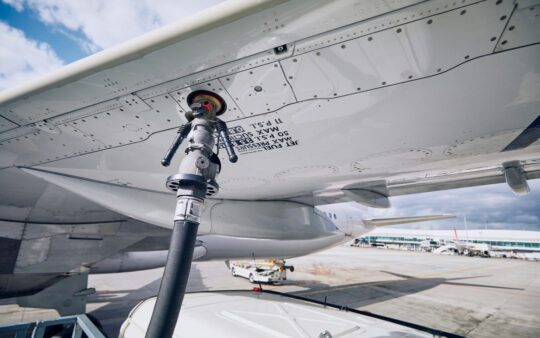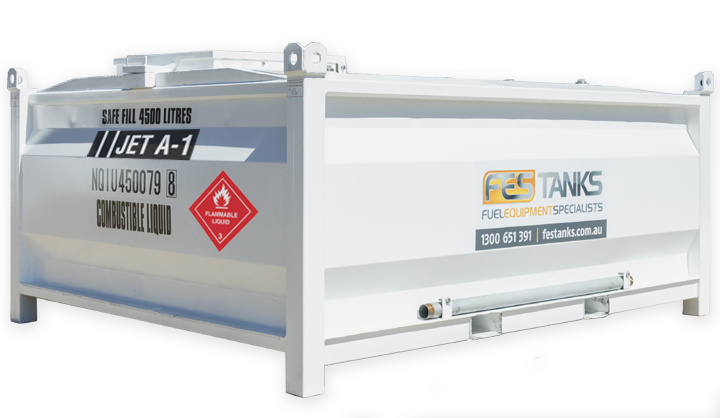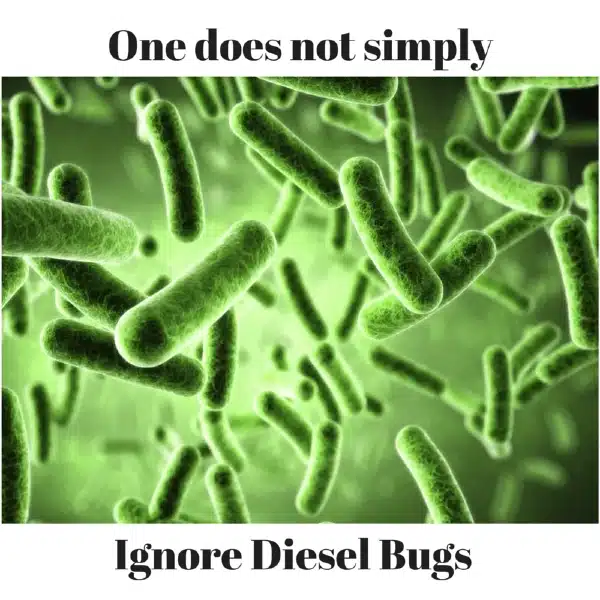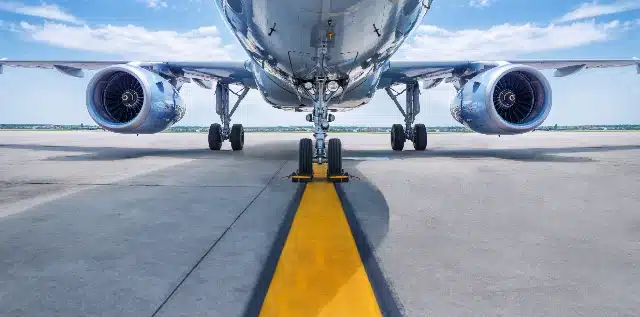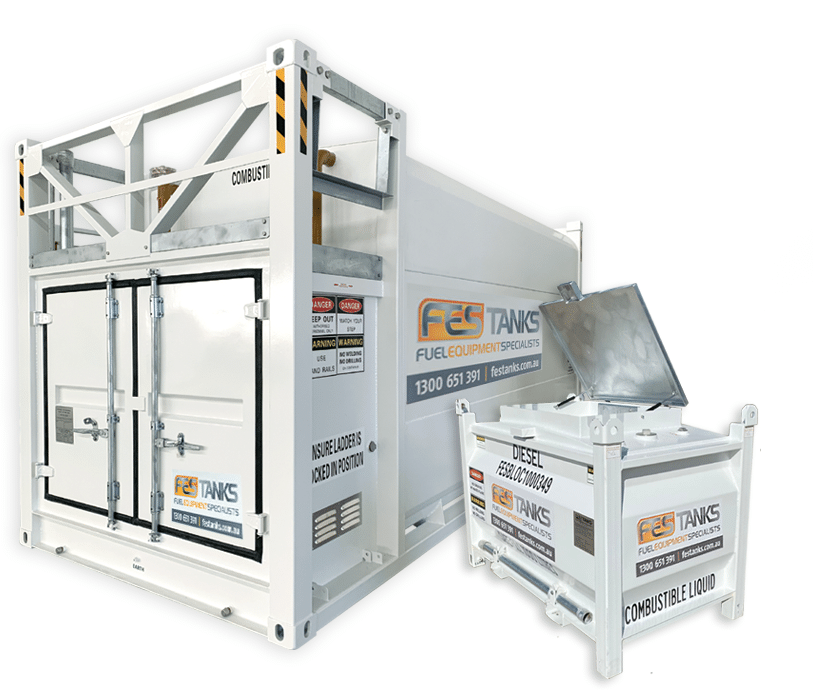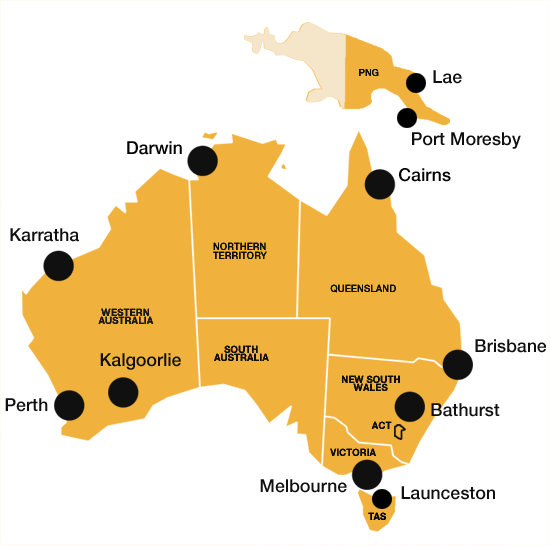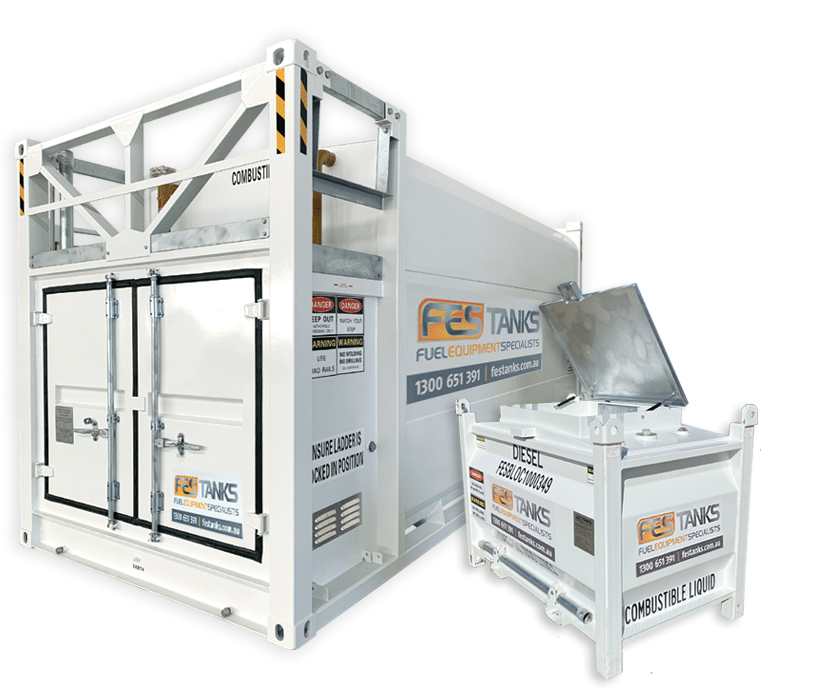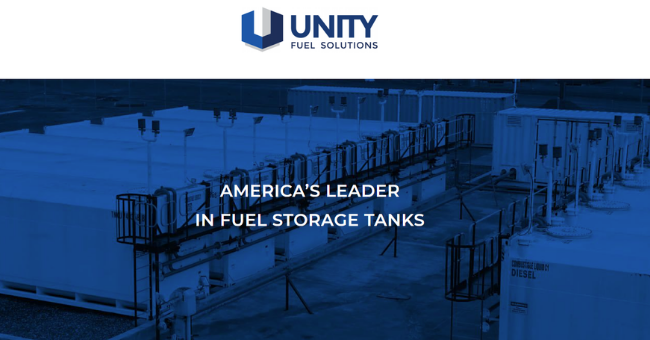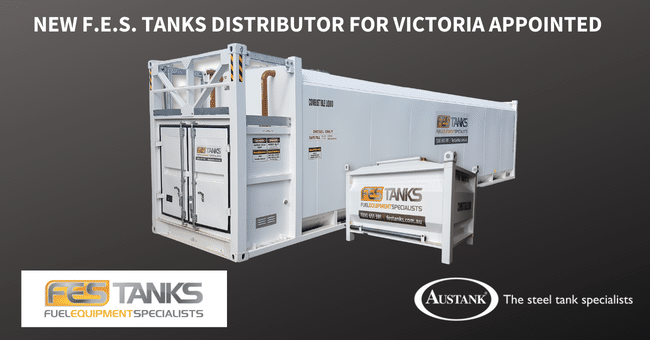With Australian road users going through about three million litres of AdBlue fluid every week, it’s safe to say it’s a critical component in the nation’s supply chain.
And with Australia’s New Vehicle Efficiency Standard now in effect, usage is only going to increase. Euro 6 standards will apply for all existing heavy vehicle models in Australia from November 2025. The standards applied from January 1 for all new cars, SUVs and light commercial vehicles introduced into Australia. Practically, this means introduction of selective catalytic reduction (SCR) technology across a broader range of models.
With this in mind, effectively managing AdBlue supply and storage is more important than ever.
What is AdBlue?
AdBlue is the trademarked name for a diesel additive called diesel exhaust fluid that reduces the emissions generated by modern diesel engines. It can also be called AUS 32, which stands for Aqueous Urea Solution 32 per cent.
Made using a mixture of demineralised water (water with bacteria and ions removed) and a high concentration of urea, it can effectively reduce nitrogen oxide emissions by up to 90 per cent. This makes a real difference in meeting industry-wide emissions targets.
Its chemical makeup sits at around 32.5 per cent concentrated urea and 67.5 per cent demineralised water, making it non-flammable and safe for the environment in the case of a spill.
What does Adblue do?
Simply put, AdBlue reduces toxic exhaust emissions in diesel vehicles. Diesel engines generate high levels of nitrogen oxide – a serious pollutant with significant health risks. To meet emissions standards, manufacturers needed to develop more advanced catalytic conversion technology.
They did this by splitting the oxidation and reduction reactions across two steps, using a liquid reducing agent high in urea. AdBlue is manufactured to specific ISO standards to optimise this process.
Its active ingredient is the urea. The other key element is the de-ionised water, which means that mineral ions such as iron, chloride and sodium are removed. This is so the chemical reaction or catalyst is more precise.
In vehicles, AdBlue is stored in its own tank, separate from the diesel. An automated dosing control system adds it to the outgoing exhaust gas. When the fluid is sprayed into the exhaust system the water component evaporates, helping the urea spread evenly. The urea breaks into ammonia and carbon dioxide and as part of this, the NOx is converted by the ammonia into water and nitrogen.
About 90 per cent of the NOx can be eliminated in this way. To put this another way, it would take the emissions of over 60 new trucks to match the emissions of a well-maintained 20-year-old truck without this technology.
How much AdBlue does a vehicle use?
The amount of AdBlue used varies between vehicles and depends on driving conditions.
On average, AdBlue consumption is about 5 per cent of diesel consumption for trucks – that’s about 5 litres of AdBlue for every 100 litres of diesel, or about 1.5 litres for every 100km on the road.
For cars, most modern diesels have an indicator on the dashboard that reminds a driver when AdBlue levels reach their lower limit. On average, it needs to be refilled after 5,000 to 10,000 kilometres.
Buying and storing AdBlue
AdBlue is non-hazardous or dangerous, but there are some considerations to ensure optimum storage.
Top tips are:
- Check the standards. Your AdBlue should display the certification of the German Institute of Standardisation DIN70700, the International Organisation for Standardisation ISO 22241-1, and meet AUS – 32 specifications. AdBlue is not the same as water and urea solution, which can cause damage including build-up of calcium deposits, causing reduced efficiency and lost time.
- Avoid contamination. Don’t use old diesel or oil containers to transfer AdBlue into the tank. Any non-dedicated equipment can contaminate AdBlue. Even very small quantities of fuel/oil/lubricant can cause serious and expensive damage to your SCR system.
- Choose the right tank. AdBlue is corrosive to aluminium which is why DEF tanks on vehicles are made from stainless steel or non-corroding, highly durable composite material.
- Check dispensing equipment. It’s important that seals, hoses, insulation and o-rings are made from quality materials that won’t react with the product. It’s also important to regularly test and clean dispensing equipment for crystallised AdBlue. Check nozzles are in full working order and won’t jam or remain open for too long.
- Watch the temperature. Store AdBlue within a temperature range between 0 and 30°C. Ensure the product is protected from direct sunlight and properly sealed when not in use. Evaporation in hot storage conditions can change the water-urea mix.
- Test for quality. AdBlue can be stored safely for about 12 months. If you need to store it for longer it’s important to check it before use to ensure it still meets specifications. If the liquid is cloudy, don’t use it.
The F.E.S Tanks solution
Your storage tank is the frontline of defence to keep AdBlue in top condition and protect your vehicles.
Even a small amount of contamination – including traces of diesel, oil or rust – can lead to serious issues.
F.E.S Tanks offers standalone AdBlue tanks in sizes from 3,000-20,000 litres. Each features self-bunded design and stainless steel construction, mechanical overfill protection valve, easy maintenance to internal tank with removable lid and forklift lifting points for easy relocation.
For a cost-effective refuelling solution for modern diesel fleets, the F.E.S range also includes integrated AdBlue/diesel tanks that keep installation costs down while making optimum use of space.
The F.E.S. range of integrated AdBlue/diesel Grande tanks come in sizes up to 110,000 litres (10,000/100,000) and are designed to handle larger storage requirements – ideal for depots and to service the needs of transport fleets.
Ask the experts about F.E.S AdBlue storage and dispensing solutions by calling 1300 651 391.
